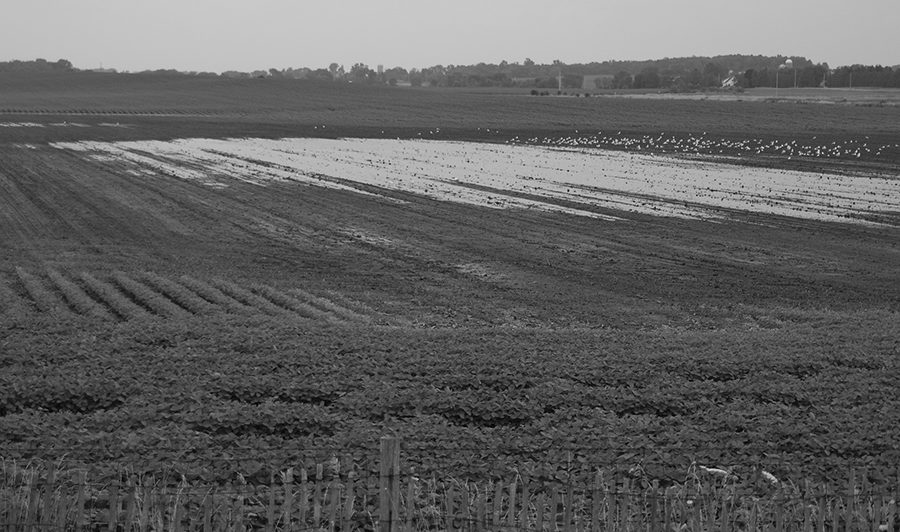No-Till Farmer
Get full access NOW to the most comprehensive, powerful and easy-to-use online resource for no-tillage practices. Just one good idea will pay for your subscription hundreds of times over.

While no-tillers in many area of the country didn’t avoid having to deal with early summer flooded fields, the results generally weren’t as bad as for neighbors using more extensive tillage. Even with sizeable crop losses, soil losses weren’t as significant for no-tillers.
For many Indiana growers who last fall or spring chiseled soils down to a depth of 8 inches, most of that soil left their fields during the most serious flooding, says Barry Fisher.
“With long-term no-till in some bottom fields, the crop died and there were even sand deposits from other fields,” says the state agronomist with the Natural Resources Conservation Service in Indiana. “But they didn’t lose their topsoil and they could replant in many instances.
“No-till was in a much better situation in flooded fields than where other tillage systems were used.”
Besides losing a crop and valuable topsoil, Fisher says Indiana growers have had to deal with other major concerns. Flood waters that stayed on fields for days or weeks scoured and eroded topsoil, destroyed soil structure and tilth and killed many of the beneficial soil organisms found with no-till.
Phil Needham of Needham Ag Technologies in Calhoun, Ky., says some growers he works with suffered severe erosion with the recent heavy rains, even in no-till fields. After fall harvest, these producers plan to level the specific eroded areas with tillage or bring in additional soil with dirt-pan equipment to help level out these fields. While necessary, this work may lead to new soil…